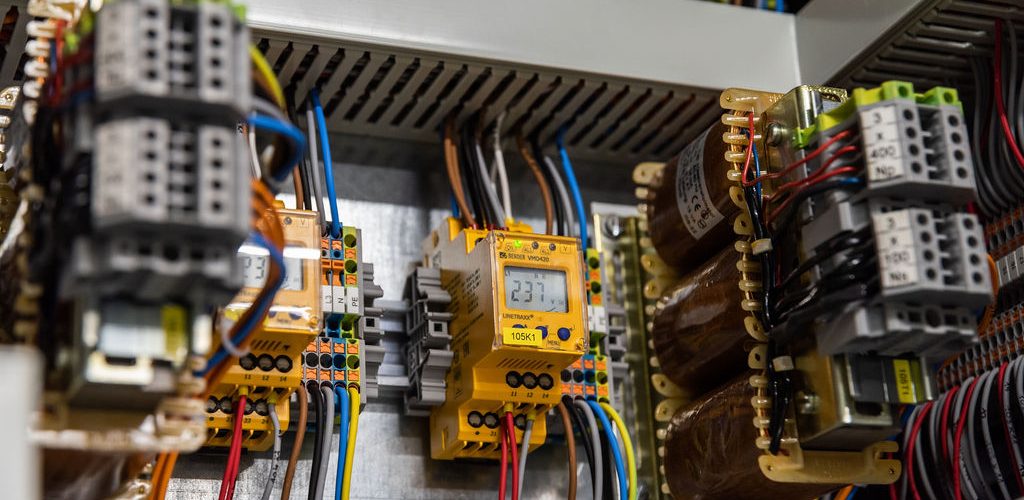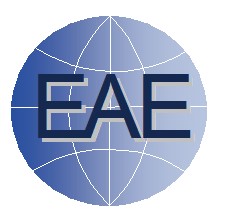Distribution System and Usage Point

The distribution system is a network of electrical infrastructure that delivers electricity from power generation sources to usage points within residential, commercial, and industrial buildings. Usage points are specific locations where electrical power is consumed to operate various equipment, appliances, and systems. Understanding the distribution system and usage points is crucial for designing, installing, and maintaining safe and efficient electrical installations.
1. Distribution System:
- Power Generation: Electricity is generated at power plants, often using a variety of sources such as coal, natural gas, nuclear energy, hydroelectricity, wind, or solar power. The generated electricity is typically transmitted over long distances at high voltages to reduce losses.
- Transmission Lines: Transmission lines carry high-voltage electricity from power plants to substations located closer to population centers. These lines may operate at voltages ranging from hundreds of kilovolts (kV) to over a million volts (MV), depending on the distance and capacity requirements.
- Substations: Substations step down the voltage of electricity received from transmission lines to lower levels suitable for distribution to end-users. They also provide switching, protection, and control functions to route electricity to different distribution feeders and circuits.
- Distribution Feeders: Distribution feeders distribute electricity from substations to distribution transformers located closer to end-users. They may be overhead lines or underground cables, serving multiple usage points along their route.
- Distribution Transformers: Distribution transformers reduce the voltage of electricity from distribution feeders to levels suitable for use by residential, commercial, and industrial consumers. They are typically located on utility poles or in pad-mounted enclosures near buildings.
2. Usage Points:
- Residential Usage Points: In residential buildings, usage points include outlets, switches, lighting fixtures, appliances, heating and cooling systems, water heaters, and other electrical loads. Each room or area may have multiple usage points for different purposes.
- Commercial Usage Points: Commercial buildings have a variety of usage points such as lighting, HVAC (heating, ventilation, and air conditioning) systems, office equipment, computers, servers, communication devices, security systems, and specialized machinery or equipment.
- Industrial Usage Points: Industrial facilities have usage points for a wide range of equipment and processes, including manufacturing machinery, conveyors, pumps, motors, compressors, refrigeration systems, control systems, and lighting.
3. Electrical Wiring and Distribution Panels:
- Branch Circuits: Electrical wiring distributes power from distribution panels to individual usage points via branch circuits. Each branch circuit serves a specific area or group of electrical loads, controlled by circuit breakers or fuses in distribution panels.
- Distribution Panels: Distribution panels, also known as breaker panels or load centers, house circuit breakers or fuses that control the flow of electricity to branch circuits. They provide overload protection and disconnecting means for individual circuits.
4. Safety and Protection:
- Grounding and Bonding: Proper grounding and bonding of electrical systems are essential for safety and protection against electric shock, fire hazards, and equipment damage. Grounding electrodes and conductors provide a path for fault currents to safely dissipate to earth.
- Overcurrent Protection: Overcurrent protection devices such as circuit breakers and fuses prevent excessive currents from flowing through electrical wiring and equipment, reducing the risk of overheating, fires, and equipment damage.
5. Energy Efficiency and Monitoring:
- Energy Management: Energy-efficient lighting, appliances, HVAC systems, and controls help reduce energy consumption and utility costs in buildings. Energy management systems (EMS) monitor and optimize energy usage to identify opportunities for savings and efficiency improvements.
- Usage Monitoring: Usage points may be equipped with energy meters or monitoring devices to track electricity consumption, demand patterns, and power quality parameters. This data can be used for billing, energy management, and diagnostics.
